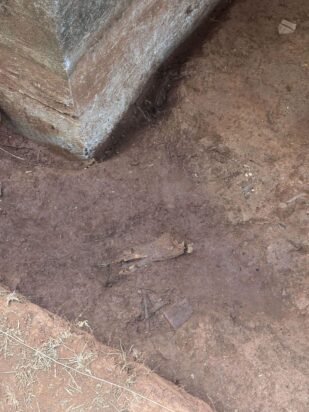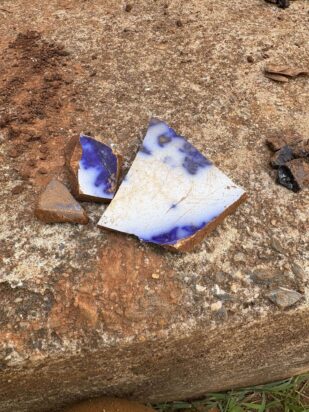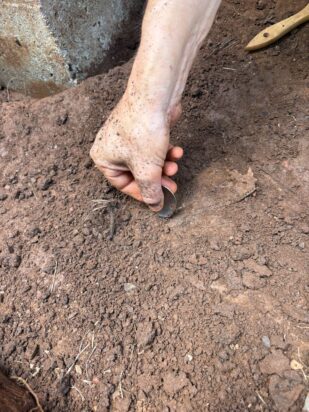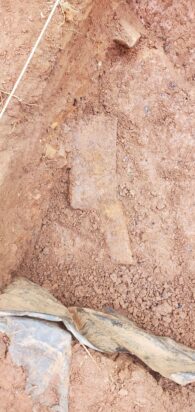Archaeology Blog
2025 Field School Week 4 (Part One)
By: Ben Solomon and Andrew Lineberry
Ben and Andrew here! The topic of this week was landscape and environmental archaeology, which is the study of how humans shape and are shaped by the world they live in. Classroom lectures led by Eric Proebsting and Karen McIlvoy provided an in-depth exploration of the advancements in scientific techniques used in archaeology. As technology increases, we are able to uncover more data from environmental evidence and other archaeological remains. There are many different foci, such as paleoethnobotany, zooarchaeology, geoarchaeology, and other methods of exploration. Landscape archaeology is an interdisciplinary field, with many overlaps between areas of study. As archaeology is a destructive means of observation, it is important to gather as much information with as minimal destruction as possible, which makes it very important to optimize and increase our ability to gather information from what we can safely remove from the ground.
Thomas Jefferson planned and built up several ornamental landscapes, including Poplar Forest and Monticello, which were influenced by landscapes from France and England. While these are beautiful sites that highlight natural beauty, the study of landscapes also includes industrial archaeology, which seeks to look at all aspects of the human impact, even the ugly aspects. Deforestation, mining, factories, and many other industries all had an impact on the landscape. Towns and cities were built around production centers, changing how people interact with the land around them. It is an all-encompassing, full frame, bigger picture mindset that is required when trying to understand the past.
In the field, work continued around the 1857 Slave Dwelling, where a wide variety of artifacts were uncovered. These include more mundane objects like nails, glass, and coal. However, some very interesting finds this week included flow blue ceramics, the bottom of a leather shoe, farming tools, and even a fully intact cleaver. While we find a wide array of artifacts, they actually fit together as part of a larger story based on knowing the history of the site. The east side of the 1857 Slave Dwelling is where a lean-to shed used to stand. Photos and oral history point to this shed being used to hold all types of items; we learn more about it each day of excavation.
In the lab, we learned about cataloguing and how to interpret data from the artifact catalogue. We were given a set of data in which we had to interpret to the best of our ability what the possible archaeological site could be, and our group was able to come up with the correct answer (we were told we were the first field school in 4 years to get it right!). This was because we noticed in the data that there was a lot of tableware, food remains, and most importantly, a lot of individual chamber pots, indicating a high volume of people. We were given an overview of Poplar Forest’s cataloging system and overall gained a realistic view of archaeological lab work.
Thankfully escaping the extreme heat, the fieldwork concluded after Wednesday afternoon, as the field school will be visiting Colonial Williamsburg and Jamestown.



